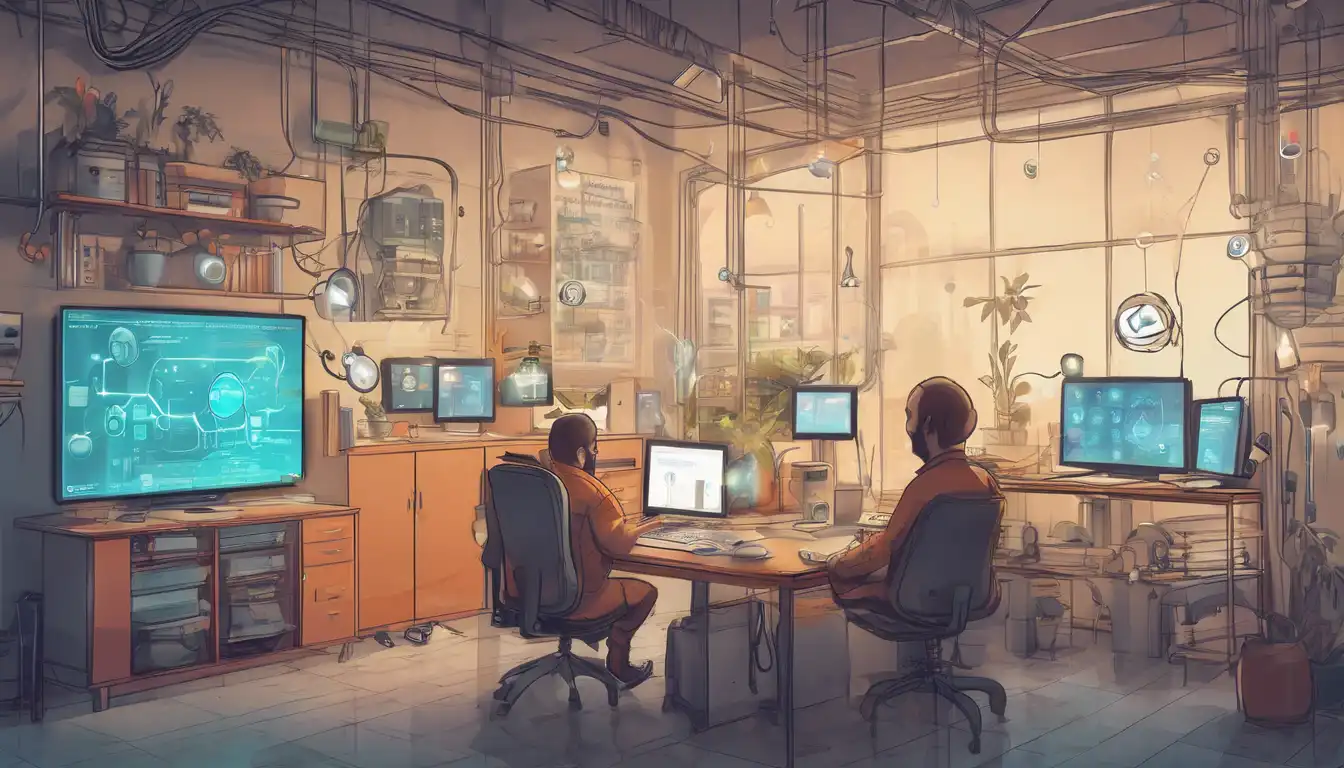Introduction to IoT Development
The Internet of Things (IoT) is revolutionizing how we interact with the world around us. From smart homes to industrial automation, IoT development is at the heart of this transformation. This guide is designed to help beginners take their first steps into the world of IoT development, offering insights into the tools, technologies, and best practices needed to get started.
Understanding IoT
IoT refers to the network of physical devices connected to the internet, collecting and sharing data. These devices range from ordinary household items like refrigerators and thermostats to sophisticated industrial tools. The key to IoT is the ability to remotely monitor and manage these devices, making our lives more convenient and businesses more efficient.
Essential Tools for IoT Development
To embark on your IoT development journey, you'll need a set of tools and technologies. Here's a list to get you started:
- Development Boards: Platforms like Arduino and Raspberry Pi are popular among beginners for prototyping IoT devices.
- Programming Languages: Knowledge of languages such as Python, JavaScript, and C++ is crucial for developing IoT applications.
- IoT Platforms: Services like AWS IoT and Google Cloud IoT provide the infrastructure needed to connect and manage your devices.
- Sensors and Actuators: These components allow your devices to interact with the physical world.
Getting Started with Your First Project
Starting with a simple project can help you grasp the basics of IoT development. Consider building a smart LED system that you can control via a mobile app. This project will introduce you to key concepts like device connectivity, data transmission, and remote control.
Best Practices in IoT Development
As you dive deeper into IoT development, keeping these best practices in mind will ensure your projects are successful:
- Security: Always prioritize security to protect your devices and data from unauthorized access.
- Scalability: Design your systems with scalability in mind to accommodate future growth.
- User Experience: Focus on creating intuitive interfaces for users to interact with your IoT devices.
Challenges in IoT Development
While IoT offers immense opportunities, developers face several challenges, including device compatibility, data privacy concerns, and network reliability. Overcoming these challenges requires a combination of technical skills and creative problem-solving.
Conclusion
IoT development is an exciting field with the potential to transform industries and improve our daily lives. By starting with the basics and gradually tackling more complex projects, you can build the skills needed to succeed in this dynamic area of technology. Remember, the journey of a thousand miles begins with a single step. Start your IoT development journey today and unlock the potential of a connected world.
